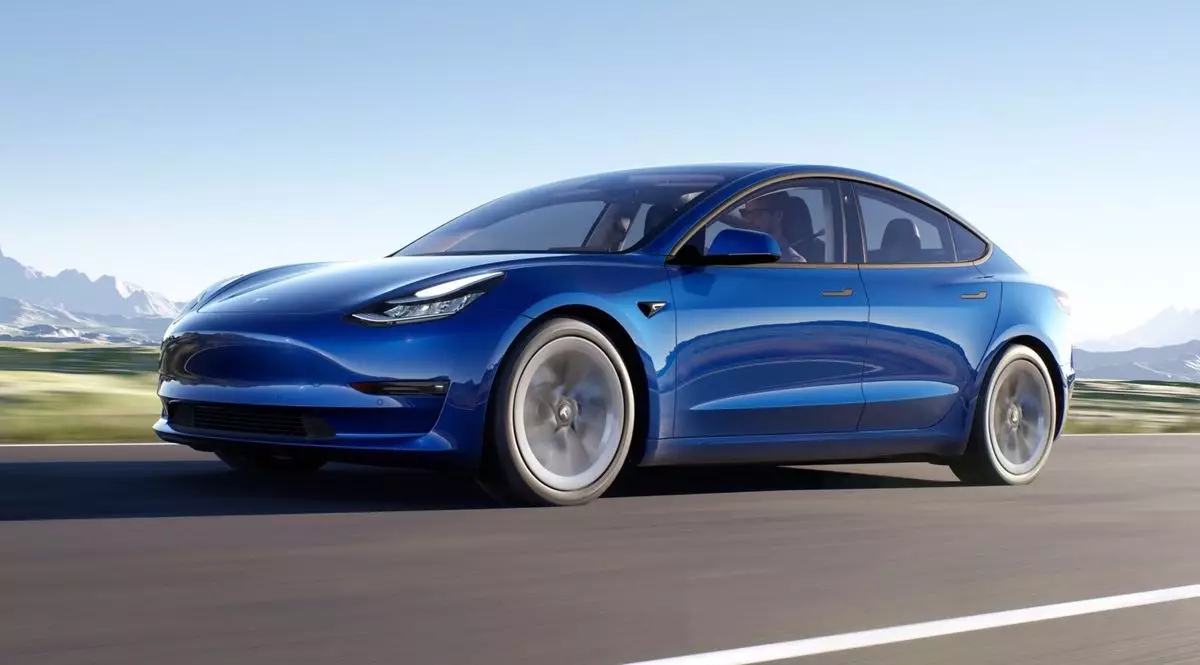The dream of fully autonomous vehicles has captured both the imagination of the public and the intentions of many in the tech industry, with Tesla’s Elon Musk often at the forefront of this aspiration. For the last five years, Musk has consistently assured consumers that a full self-driving (FSD) update would soon be available for Tesla vehicles. However, recent remarks have indicated a troubling shift in this narrative, leaving stakeholders and potential consumers questioning the feasibility of Tesla’s self-driving technology and its future direction.
Historically, Musk has set ambitious timelines around the enhancement of Tesla’s self-driving capabilities. His insistence that the latest self-driving computer, known as HW3, would enable FSD functionality leads one to consider the implications of a statement he made during a recent financial results conference call. Musk confessed that there is a significant chance that HW3 may never be able to reach the necessary safety standards required for true Level 4 and Level 5 autonomy—the levels indicating complete driverless capability. This revelation raises substantial concerns regarding Tesla’s self-driving progress and its future promises.
The definitions of Level 4 and Level 5 autonomy speak volumes about the aspirations tied to self-driving technology. Level 4 permits autonomous operation in specific areas, requiring a human driver only in the event of an emergency; Level 5, on the other hand, envisions an entirely driverless experience. Musk’s admission—that Tesla does not definitively know whether HW3 can be elevated to FSD capability—calls into question the reliability of previous claims and timelines he has set forth. It cannot go without saying that such uncertainty presents a rocky road for both investors and consumers.
In light of HW3’s potential limitations, Musk has proposed offering existing Tesla owners a free upgrade to the newer HW4 self-driving computer introduced recently. This move may seem commendable but is fraught with its own series of challenges. HW4 reportedly boasts capabilities that far exceed those of HW3, with improvements in processing power and camera quality, including enhanced low-light performance. Yet, the prospect of retrofitting existing vehicles with HW4 remains complicated due to potential incompatibilities in both hardware and design.
Experts have expressed skepticism about whether retrofitting existing Tesla models with HW4 would be feasible. The new computer requires an entirely different infrastructure—new power and camera systems—which calls into question whether a straightforward swap is even possible. The notion of needing to engineer a custom version of HW4 for older models introduces additional complexity and potential costs that may not be trivial.
While Musk’s confidence in HW4’s capability is clear, historical patterns regarding self-driving advancements compel consumers to approach these claims with caution. Tesla’s pursuit of FSD has often been likened to a mirage on the horizon, perpetually enticing yet frustratingly elusive. With each missed deadline for FSD releases, consumer confidence is likely to wane further, especially if past promises continue to go unfulfilled.
Moreover, the growing competition in the self-driving arena highlights Tesla’s heightened need to substantiate its claims. Rivals are rapidly developing comparable technology and gaining traction, thereby increasing the pressure on Musk and his team to deliver real, functional results rather than just projections of potential.
In concluding this reflection on Tesla’s self-driving narrative, it is vital for stakeholders to balance hope with skepticism. While the innovations within HW4 are promising, the overarching question remains: Can Elon Musk finally deliver on his long-held dreams, or will the pursuit of FSD continue to disappoint? The future of Tesla’s self-driving technology may still hold transformative potential, but persistent doubts linger. It remains to be seen whether Musk can turn these aspirations into reality in a market that grows more competitive by the day. For now, prospective Tesla owners would do well to remember that with innovation comes uncertainty, and the road to full autonomy may still be longer than expected.

